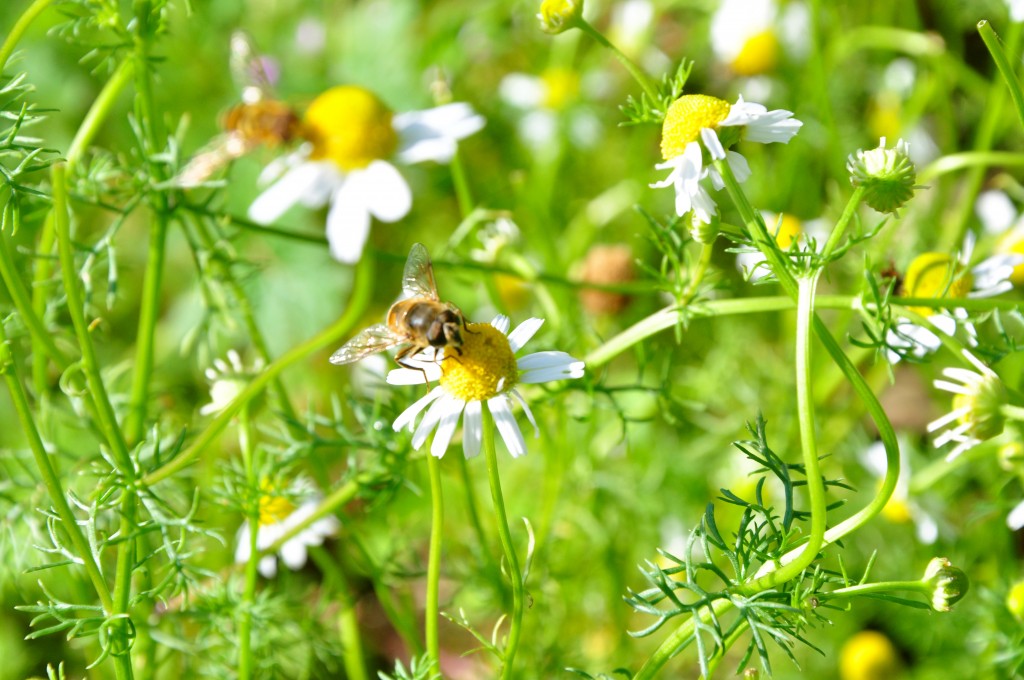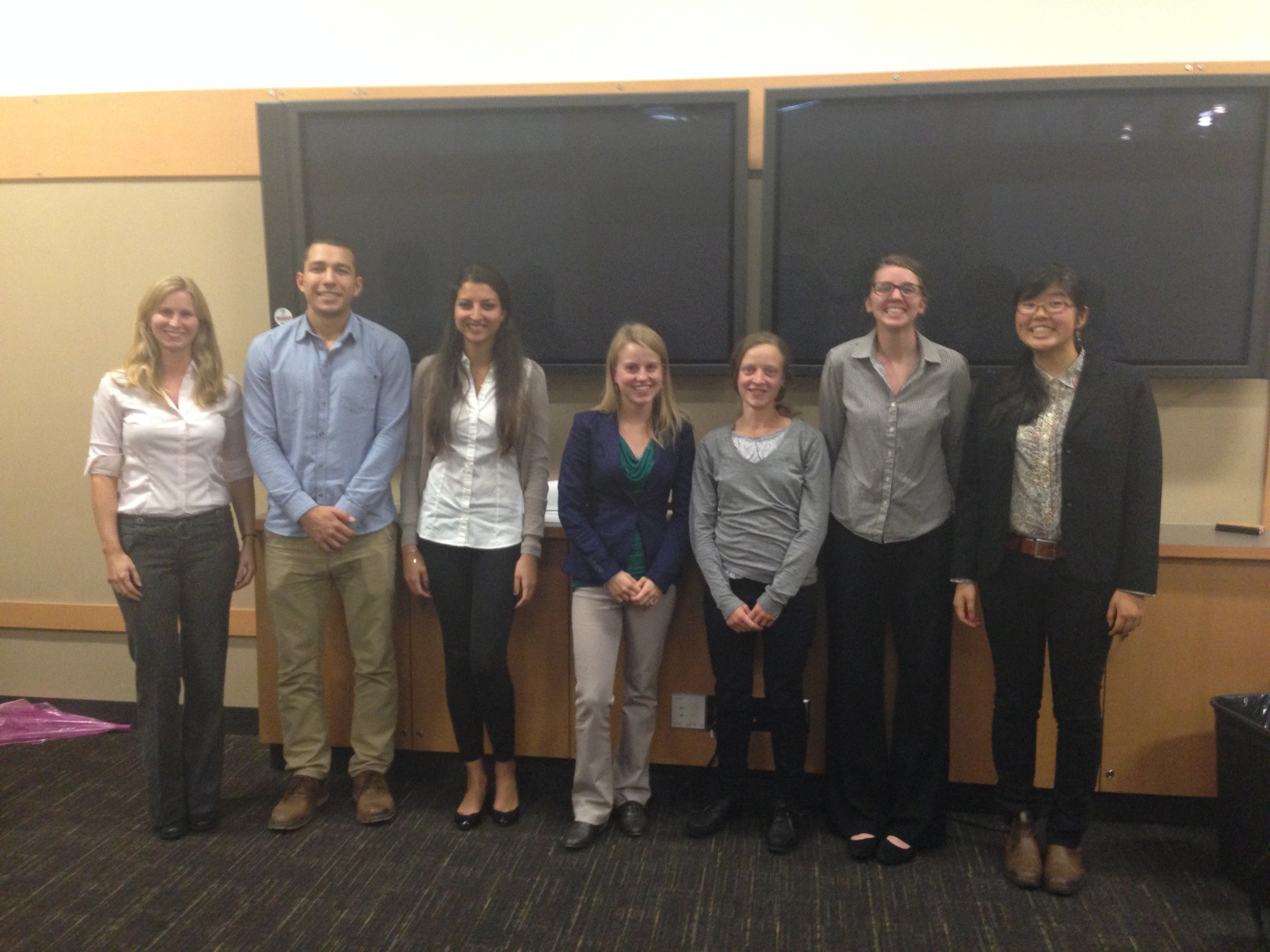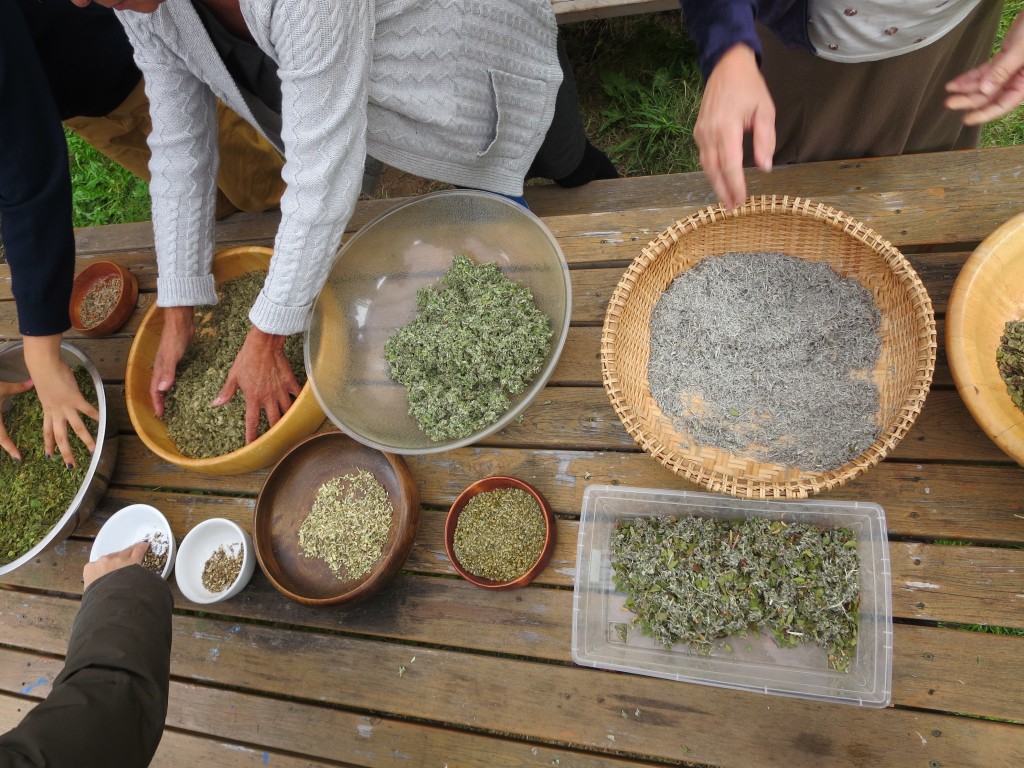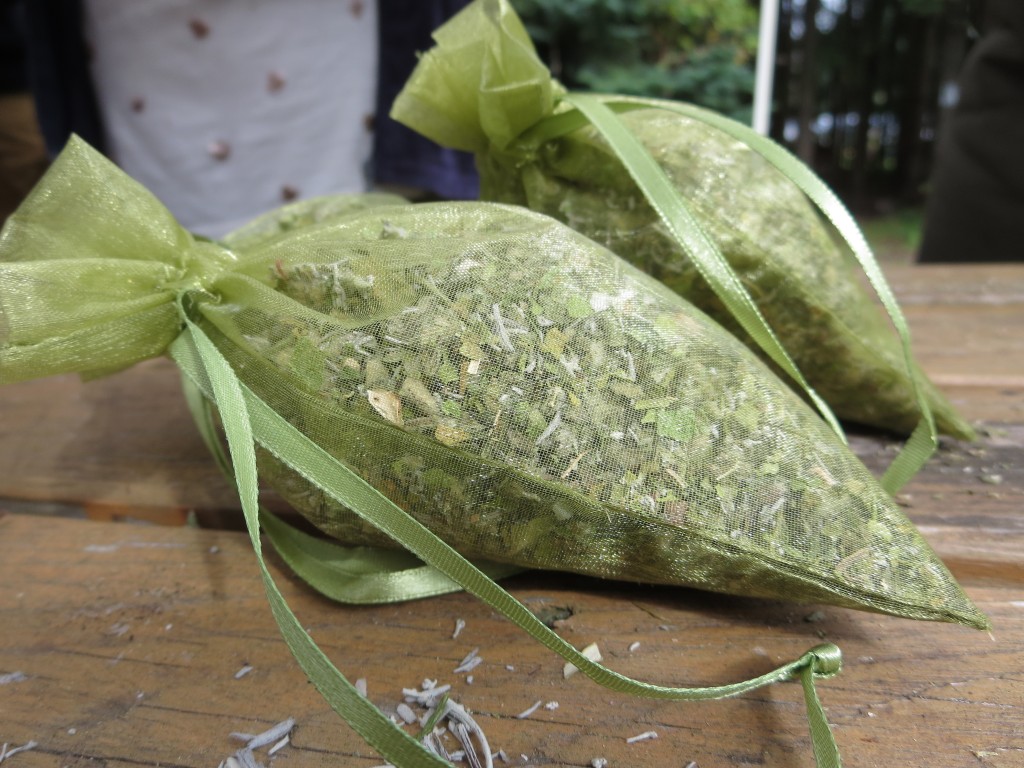Our group has had another busy two weeks, largely centered around finalizing the scope of our project with our community liaison, Dr. Eduardo Jovel, as well as establishing a suitable platform for our database. We had been expecting to present our research in the format of a UBC wiki page; now, thanks to Duncan and Eduardo, our database will be hosted directly in the UBC sites, making it much more user-friendly to access and explore, without the risk of someone altering the content. So – drum roll – our web address is:
http://lfs-mpd.sites.olt.ubc.ca/plants/
(Please note that you need a CWL login to access this site!)
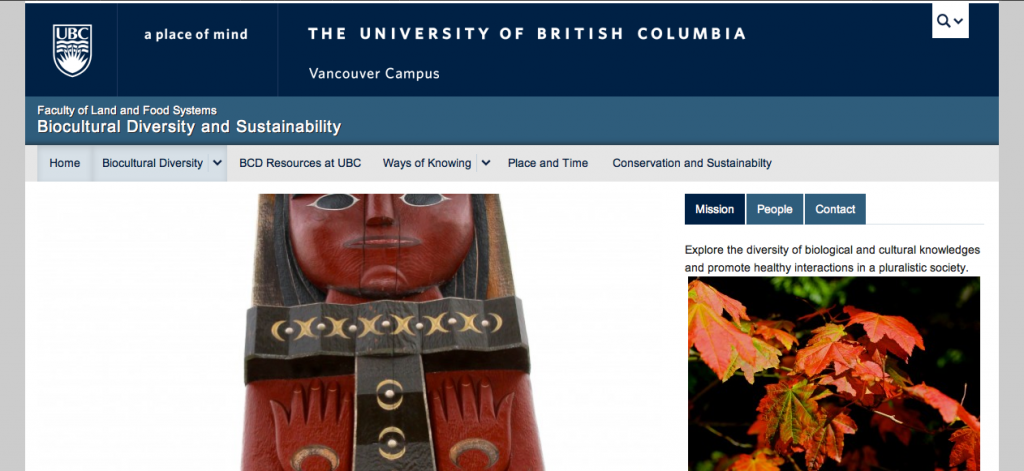
A home for our database!
However, the biggest change in the past two weeks has been that our database is going to be expanded to include native plants found in the UBC Botanical Garden as well as those we have already been documenting in the IAH Garden, and possibly other gardens on campus if time permits. These two changes were largely made because there are very few plants present in the IAH Garden that fit our original criteria. These criteria are the outcome of the conversations Hannah initiated by challenging us to question how we define “traditional” plants; because we felt that non-native plants are generally well-documented, and we wanted to focus on preserving practices and diets that may be fading in memory, we had decided to limit ourselves to native species, and specifically those that are edible (as medicine or food, a distinction we are finding difficult to make), not realizing just how few of these are currently planted in the IAH Garden. The expansion to include edible native plants in the Botanical Garden will help open our scope. We managed to visit the Botanical Garden during the Apple Festival and snap some pictures for our project, but at this time of year the majority of plants are going into dormant states and don’t look much like they will in the spring and summer. Nonetheless, we have contacted the garden and they have offered to provide us with some of their own digital photographs of plants found in their Native Garden.
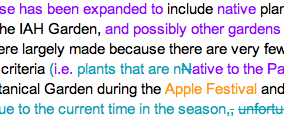
Post #6 in the making.
Further discussions over what constitutes traditional food and diet have included the thought that some of the First Nations of the pacific northwest practiced what could be called horticulture, tending to plants already growing, though not necessarily planting them themselves. We expect that this is a challenge for the IAH Garden, which cannot grow many regional traditional foods or medicinal plants, many of which simply do not take to cultivation on an agricultural scale, such as huckleberries. However, many people do harvest from native species growing in more natural ecological setting, which can actually be more successful; plants do best if they grow where they “want” to grow! Similar approaches to food harvesting have even earned some First Nations in this region recognition for cultivating shellfish (Clam Gardens: Aboriginal Mariculture on Canada’s West Coast by Judy Williams; http://www.timescolonist.com/news/local/1-000-year-old-first-nations-clam-gardens-unearthed-near-sidney-1.232161).
Finally, in our latest meeting with Eduardo we discussed the idea of Biocultural Diversity on campus (i.e. the diversity of culture and of biological life, specifically at UBC, and the interactions between the two). Our database will help to spread this concept as it includes both ecological and cultural information. Eduardo mentioned the possibility of starting a course on Biocultural Diversity; if he does indeed pursue this, he suggested that he will use our database – which we think is pretty neat! We are beginning to realize that our CBEL project does indeed have a lot of purpose for our community members!
Now that we have finally set a foundation for our database, our group discussed which traditional plants we wanted to include and we assigned two for each of us to research initially. A few examples are salmonberry, nodding onion, salal, and licorice fern. We hope that we will have time to complete more entries into the site, yet we do realize that we are creating the base for this project that future students can build on. Our group is also planning to visit the IAH garden for a second time, as well as attend the upcoming feast bowl on October 30th.

